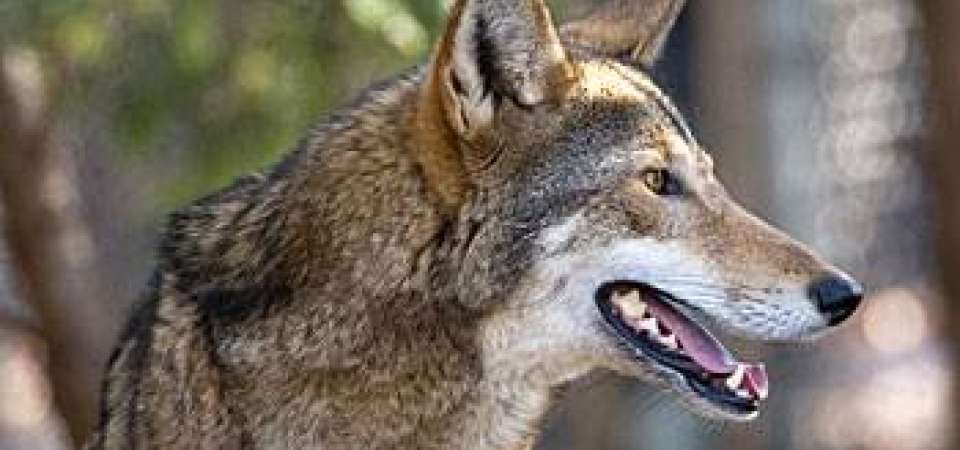


The Zoo anticipates high attendance on sunny weekends. Parking is limited, so arrive early, carpool, and check our site / social pages often for more updates!



Since the 1980s, the Association of Zoos and Aquariums (AZA) has contributed to the American red wolf conservation through a Species Survival Plan that involved 43 institutions in a breeding program. The North Carolina Zoo joined this program in 1995, shortly after opening a red wolf habitat on the site. The Zoo’s entrance into the program was made possible by gifts to the Zoo Society from the Florence Rogers Charitable Trust and other donors. These donations funded the construction of a secluded, non-public breeding area for red wolves
.
Grants from the U.S. Fish and Wildlife Service and the Emily Millis-Hiatt Foundation Fund allowed the Zoo to double the size of this original breeding facility. Because of this addition, the Zoo currently houses the second largest breeding group in AZA institutions.
While biologists and politicians continue to wrestle with the fate of the red wolf reintroduction program at Alligator River, the North Carolina Zoo and the AZA have stepped up their efforts to protect this species by further strengthening the breeding programs.
The Zoo has also seen one of its own, Animal Management Supervisor Chris Lasher, step to the forefront of conservation efforts for this species. Lasher currently serves as the program leader for AZA’s Red Wolf SAFE Program and as the coordinator for the Red Wolf Species Survival Plan®. Both programs are administered through the Association of Zoos and Aquariums: SAFE (Saving Animals from Extinction) and draw on the collective expertise of zoo professionals to help oversee conservation work and to engage the zoo community’s audiences in supporting these programs. Lasher’s dual roles in these programs allows for close coordination and, consequently, an ability to increase the potential of the programs for protecting red wolves.
The Zoo is also a member of the Conservation Centers for Species Survival, a cooperative group of large conservation facilities in North America that are dedicated to the preservation of wildlife, especially species that require large habitats and live in social groups. Established in 2005, this group consists of conservation facilities that own or manage large tracts of non-public land—land that has the potential to provide habitat and breeding spaces for rare, secretive species like the red wolf. The group also works with landowners who have large tracts of land and who are interested in participating in strategic partnerships that benefit species conservation. The North Carolina Zoo, the world’s largest natural habitat zoo, is working closely with this group to find new options for increasing the red wolf’s population and for reestablishing a sustainable pack in the wild.